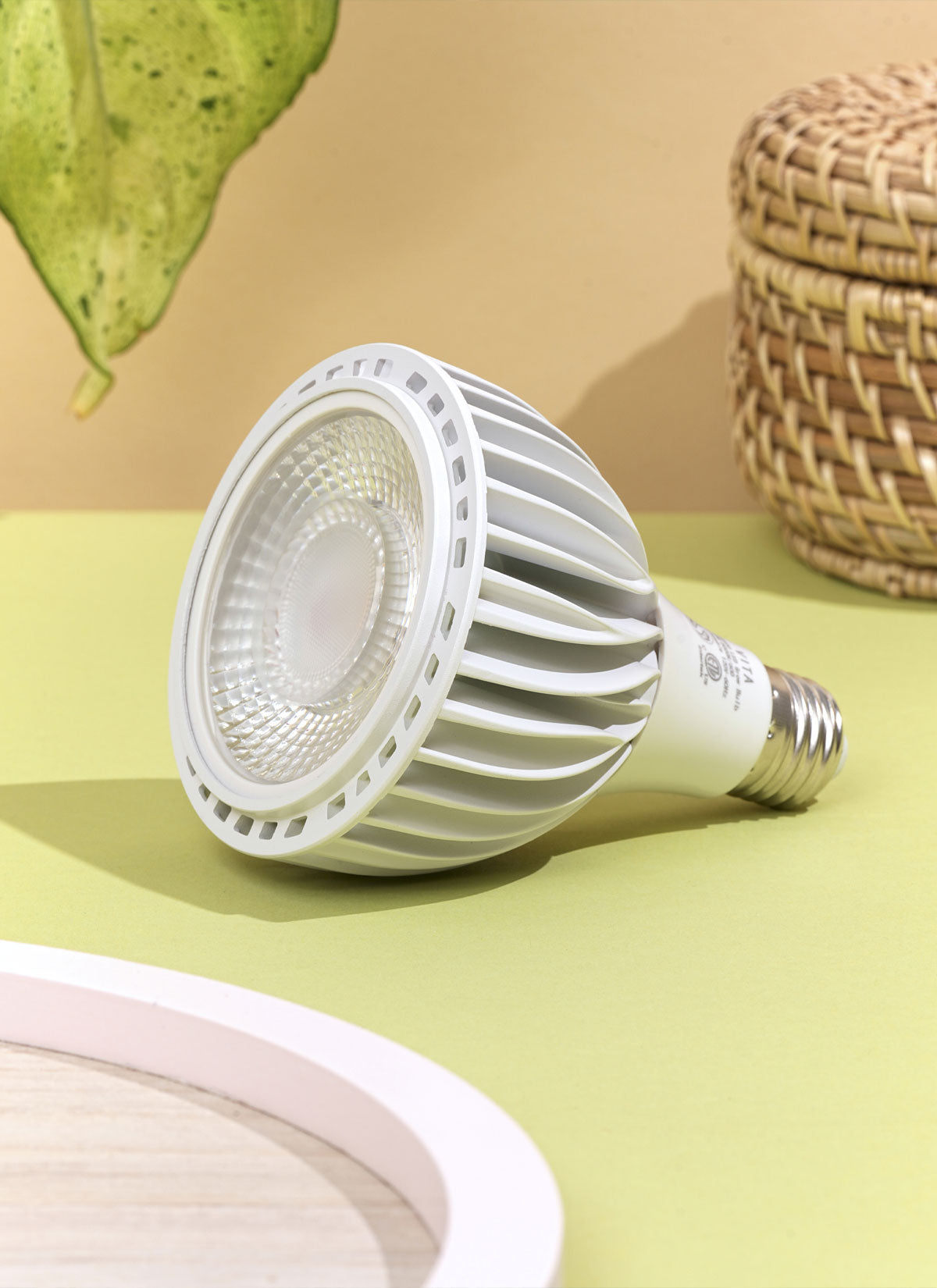Quick Tip: Allow soil to completely dry out before watering.
Aloe plants are succulents that store water in their leaves, making them tolerant of drought. However, they still require proper watering to thrive. The best watering technique for indoor aloe plants is to allow the soil to dry out completely between waterings. When watering, give the plant a thorough watering until the water starts to drain from the bottom of the pot. It's important to avoid overwatering, as this can lead to root rot and other issues. During the winter months, you can reduce watering frequency as the plant goes into a dormant state. Additionally, it's recommended to use a well-draining potting mix to prevent water from sitting in the soil and causing damage to the plant's roots.




















